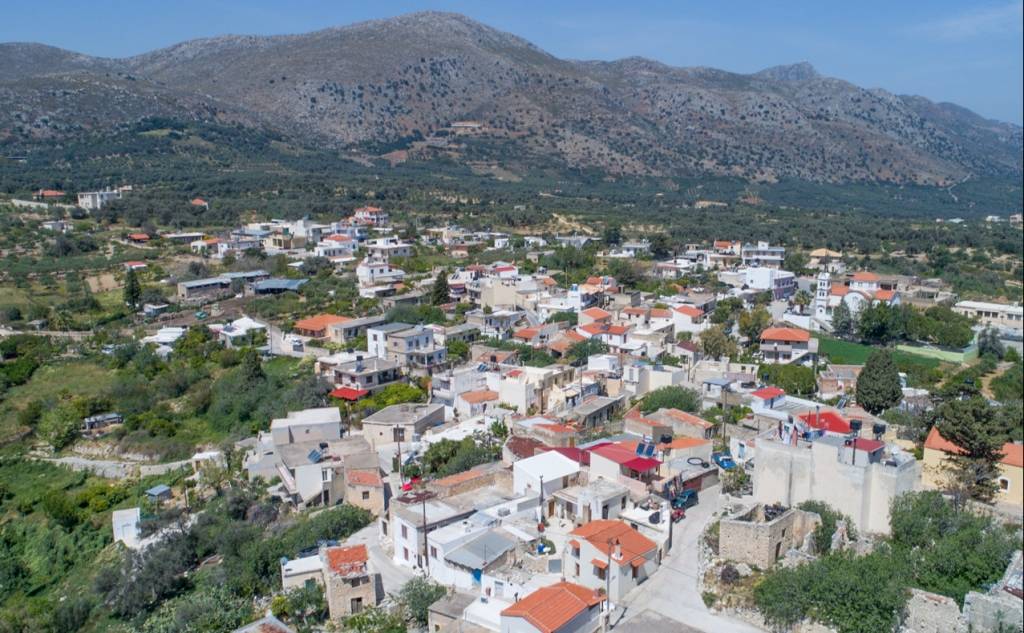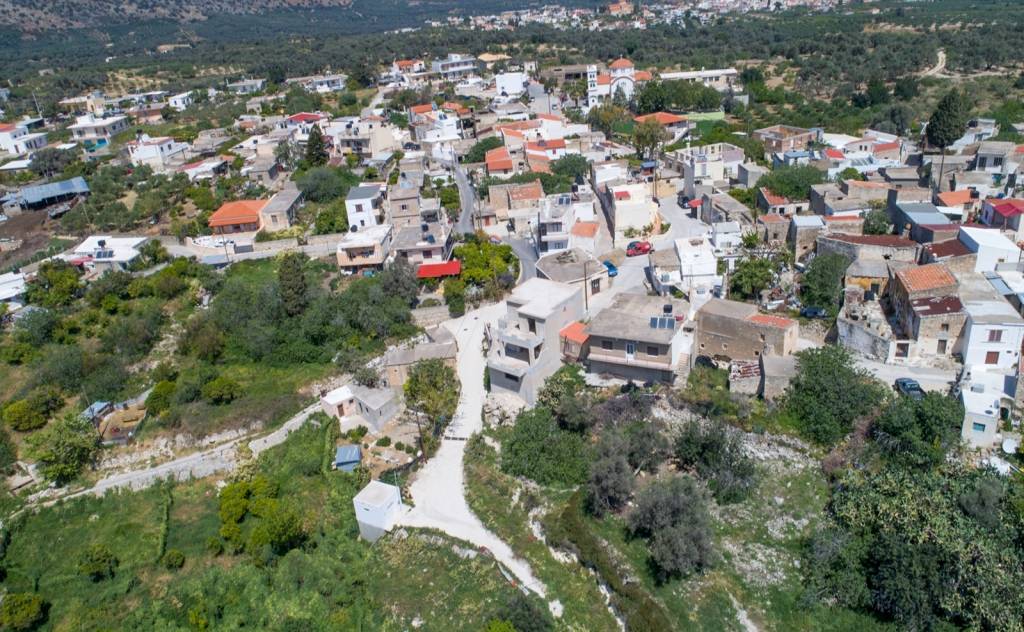





The village of Moni is 17 km from Heraklion. It is built at an altitude of 242 meters and has approximately 297 permanent residents. The village was found in 1356 for the first time in a document of the Ducal Archive of Chandakas. In this document, it is mentioned that brothers John, Thomas and Vitale Dandulo share the property of Bellinus' father in the village area. In 1583, in the census of Kastrofylakas, the village was mentioned as Mogni, with 50 inhabitants.
At the village entrance, there is the Monument of the Fallen (1940-1944), while in the church of Evangelistria, the visitor can see the monument of commando Nikolaos Kavrochorianos (Cyprus-1974). There is a Textile Art Exhibition in the village, which is housed in the old Primary School.
Southwest of the village, at Atsonaros, a chambered carved tomb of the Minoan era was found on a hill. The tomb contained box-shaped sarcophagi with a lid, as well as gifts of the dead, such as clay vessels, a copper bottle, a bronze knife and a steatite seal stone. Also, just outside the village, at Mnimata, during excavations for the construction of biological treatment plants, a carved tomb of the Late Minoan period was discovered by the Central Ephorate of Antiquities (around 1300 BC). It is a mass grave containing clay sarcophagi, vessels and other findings.
In the centre of the village, and at the highest point, the visitor can see the two-aisled church of Agia Paraskevi and Agios Ioannis, with the characteristic sculptural decoration on the doors and the windows. Also, the double martyr chapel of Agios Georgios and Timios Stavros, at the enchanting location of Khymeftos, which is only 1200 meters from the village, is worth visiting.